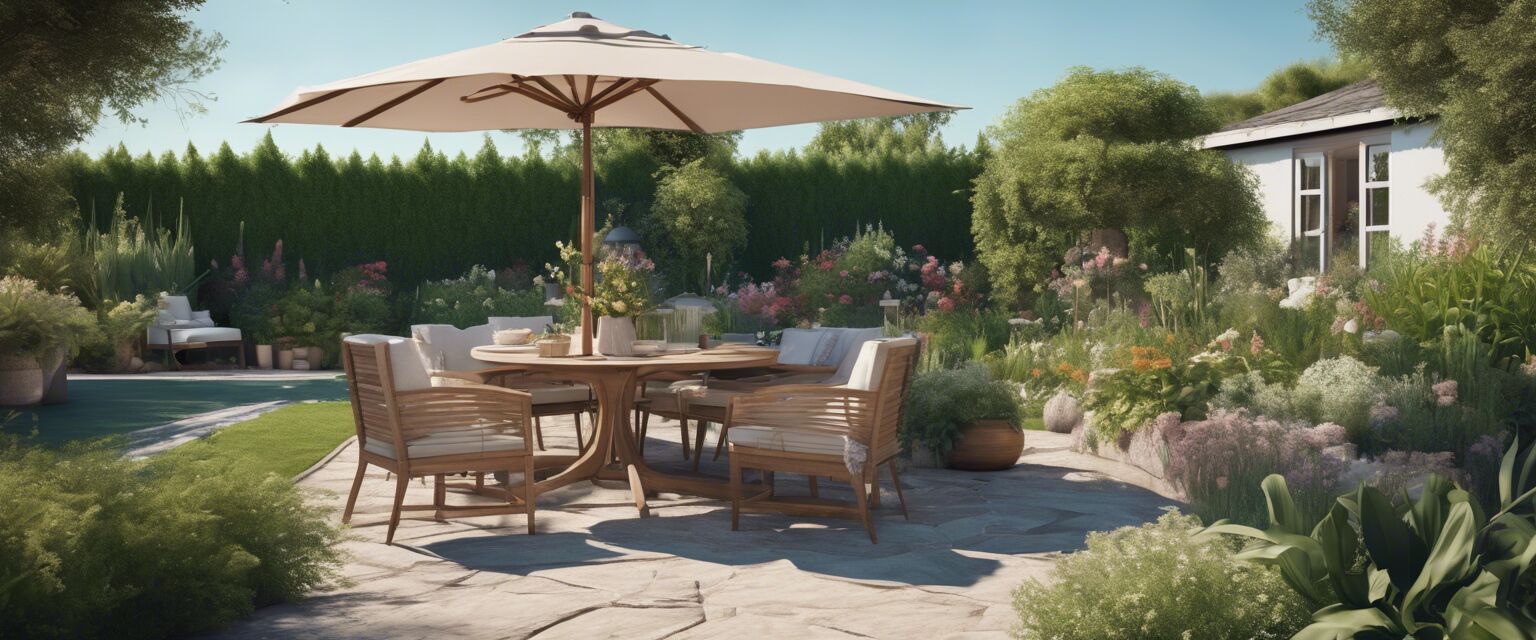
Gardening trends to watch in 2025
Key Takeaways
- Emphasis on sustainability and eco-friendly practices is increasing.
- Smart technology in gardening tools is becoming more mainstream.
- Vertical gardens and urban gardening spaces are on the rise.
- Outdoor living spaces are merging with garden aesthetics.
- Native plants are gaining popularity for their low maintenance.
Stay ahead of the curve with the latest gardening trends expected to shape the gardening industry this year. As we move towards 2025, enthusiastic gardeners and outdoor lovers are adopting innovative techniques and materials to transform their outdoor spaces. This article highlights these key trends that reflect a more eco-conscious, technologically advanced, and aesthetically pleasing approach to gardening.
Sustainable gardening practices
One of the most significant movements within gardening today is the shift towards sustainable practices. Homeowners and professionals alike are seeking ways to reduce their carbon footprint, conserve water, and promote biodiversity in their gardens. Here are a few sustainable gardening practices trending in 2025:
- Utilizing rainwater harvesting techniques for irrigation.
- Employing composting systems for nutrient-rich soil.
- Planting diverse species to ensure a healthy ecosystem.
Composting and waste management
Composting not only reduces waste but also enriches your garden soil. More gardeners are investing in composting and waste management systems that are efficient and easy to use.
Smart technology integration
With the growing reliance on technology, the gardening industry is witnessing an explosion of smart gardening tools and innovative irrigation systems. These tools allow gardeners to monitor plant health, manage watering schedules, and even optimize light exposure.
| Smart Gardening Tools | Description |
|---|---|
| Smart Sensors | Monitor soil moisture and nutrient levels, sending alerts to your smartphone. |
| Automated Irrigation Systems | Adjusts water supply based on weather conditions and soil requirements. |
| Garden Management Apps | Helps plan and organize garden tasks using a digital approach. |
Urban and vertical gardening
The trend of urban living is influencing how we garden. Limited space is no longer a barrier, thanks to innovative designs in vertical gardening solutions. This practice not only maximizes space but also enhances aesthetics.
- Rooftop gardens are turning standard buildings into green sanctuaries.
- Balcony and patio gardens leverage vertical planters to optimize small areas.
- Community gardens are forming in urban neighborhoods, promoting togetherness and green practices.
Luxury planters and outdoor furniture
As gardening spaces evolve, so do the tools and amenities we use. Homeowners are investing in luxury planters and premium outdoor furniture that not only serve a functional purpose but also elevate the aesthetic appeal of their outdoor spaces.
Native plants and biodiversity
Gardening with native plants is a trend that encourages local flora and fauna. Native plants often require less maintenance and are more resilient to local pests and diseases. Additionally, they provide habitat for local wildlife and contribute to ecosystem stability.
Pros
- Less water requirement compared to non-native species.
- Support local ecosystems and wildlife.
- Low maintenance and better adaptation to the local climate.
Cons
- Limited color and variety in some regions.
- May require a shift in gardener's preference and mindset.
Conclusion
As the gardening industry continues to evolve, being aware of key trends can help you make informed decisions about your gardening practices. Remember to embrace sustainability, leverage technology, and focus on native plants to keep your garden thriving in 2025 and beyond. Explore our buying guides for more information on the best tools and materials to achieve these trends.